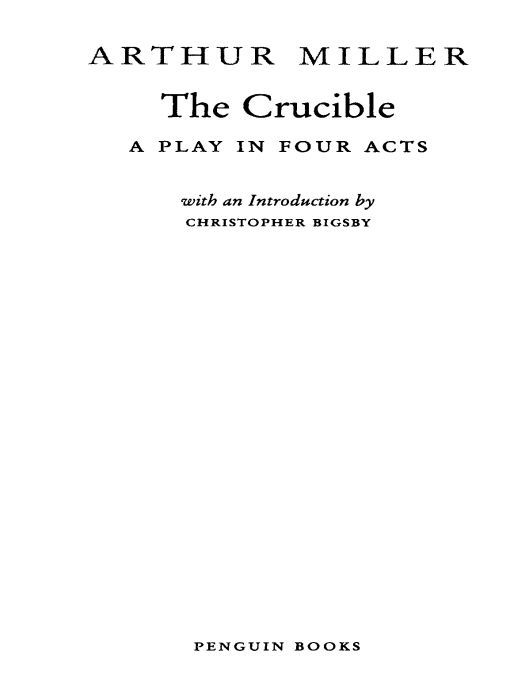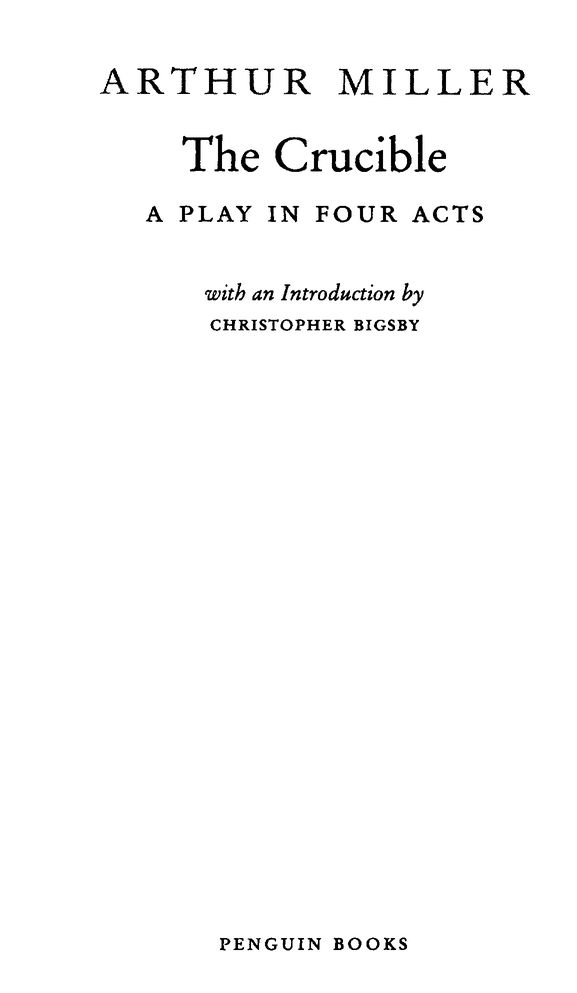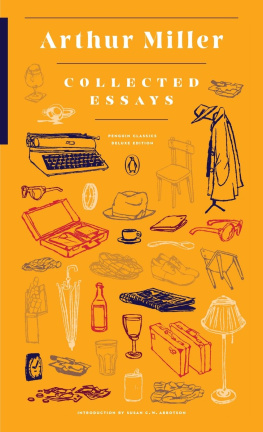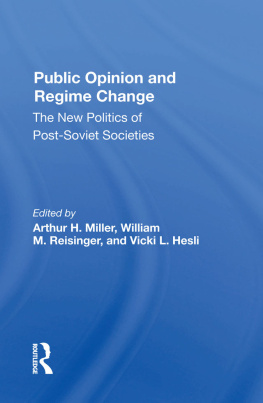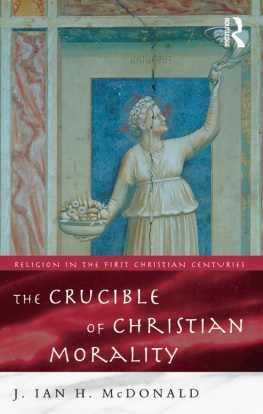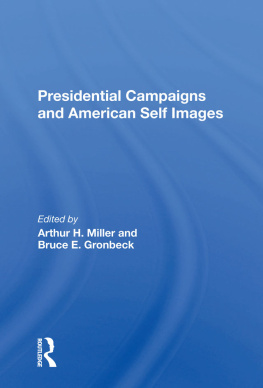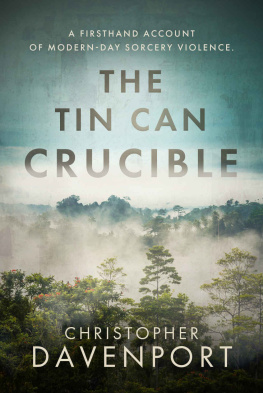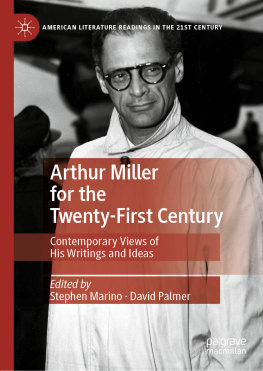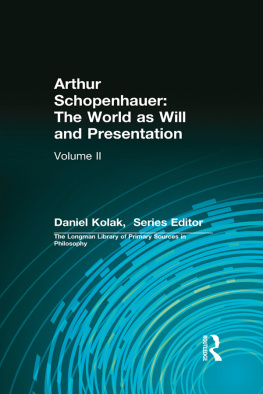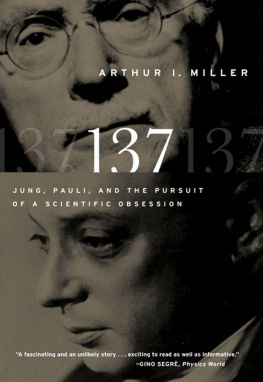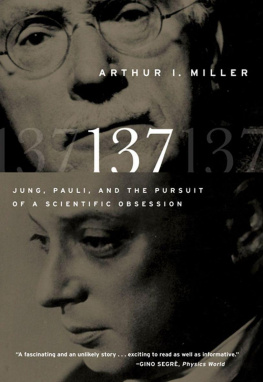Table of Contents
THE CRUCIBLE
ARTHUR MILLER was born in New York City in 1915 and studied at the University of Michigan. His plays include All My Sons (1947), Death of a Salesman (1949), The Crucible (1953), A View from the Bridge and A Memory of Two Mondays (1955), After the Fall (1964), Incident at Vichy (1965), The Price (1968), The Creation of the World and Other Business (1972), and The American Clock (1980). He has also written two novels, Focus (1945) and The Misfits, which was filmed in 1960, and the text for In Russia (1969), In the Country (1977), and Chinese Encounters (1979), three books of photographs by Inge Morath. His most recent works include a memoir, Timebends (1987), the plays The Ride Down Mt. Morgan (1991), The Last Yankee (1993), Broken Glass (1994), and Mr. Peters Connections (1999), Echoes Down the Corridor: Collected Essays, 1944-2000, and On Politics and the Art of Acting (2001). He has twice won the New York Drama Critics Circle Award, and in 1949 he was awarded the Pulitzer Prize.
CHRISTOPHER BIGSBY has published more than twenty books on British and American culture. His works include studies of African-American writing, American theater, English drama, and popular culture. He is the author of two novels, Hester and Pearl, and he has written plays for radio and television. He is also a regular broadcaster for the BBC. He is currently professor of American Studies at the University of East Anglia, in Norwich, England.
BY ARTHUR MILLER
DRAMA
The Golden Years
The Man Who Had All the Luck
All My Sons
Death of a Salesman
An Enemy of the People (adaptation of a play by Ibsen)
The Crucible
A View from the Bridge
After the Fall
Incident at Vichy
The Price
The American Clock
The Creation of the World and Other Business
The Archbishops Ceiling
The Ride Down Mt. Morgan
Broken Glass
Mr. Peters Connections
ONE-ACT PLAYS
A View from the Bridge, one act version, with A Memory of Two Mondays
Elegy for a Lady (in Two-Way Mirror)
Some Kind of Love Story (in Two-Way Mirror)
I Cant Remember Anything (in Danger: Memory!)
Clara (in Danger: Memory!)
The Last Yankee
OTHER WORKS
Situation Normal
The Misfits (a cinema novel)
Focus (a novel)
I Dont Need You Anymore (short stories)
In the Country (reportage with Inge Morath photographs)
Chinese Encounters (reportage with Inge Morath photographs)
In Russia (reportage with Inge Morath photographs)
Salesman in Beijing (a memoir)
Timebends (autobiography)
Homely Girl, A Life (novella)
Echoes Down the Corridor (essays)
On Politics and the Art of Acting
COLLECTIONS
Arthur Millers Collected Plays (Volumes I and II)
The Portable Arthur Miller
The Theater Essays of Arthur Miller (Robert Marin, editor)
VIKING CRITICAL LIBRARY EDITIONS
Death of a Salesman (edited by Gerald Weales)
The Crucible (edited by Gerald Weales)
TELEVISION WORKS
Playing for Time
SCREENPLAYS
The Misfits
Everybody Wins
The Crucible
INTRODUCTION
In 1692 nineteen men and women and two dogs were convicted and hanged for witchcraft in a small village in eastern Massachusetts. By the standards of our own time, if not of that, it was a minor event, a spasm of judicial violence that was concluded within a matter of months. The bodies were buried in shallow graves or not at all, as a further indication that the convicted had not only forfeited participation in the community of man in this life, but in the community of saints in the next. Just how shallow those graves were, however, is evident from the fact that the people buried there were not eradicated from history: their names remain with us to this day, not least because of Arthur Miller, for whom past events and present realities have always been pressed together by a moral logic. In his hands the ghosts of those who died have proved real enough even if the witches they were presumed to be were little more than fantasies conjured by a mixture of fear, ambition, frustration, jealousy, and perverted pride.
In 1957 the Massachusetts General Court passed a resolution stating that No disgrace or cause for distress attached itself to the descendants of those indicted, tried, and sentenced. Declaring the proceedings to be the result of popular hysterical fear of the Devil, the resolution noted that more civilized laws had superseded those under which the accused had been tried. It did not, however, include by name all those who had suffered, and it was not until 1992 that the omissions were rectified in a further resolution of the court. It had taken exactly three hundred years for the state to acknowledge its responsibility for all those who died.
This was the long-delayed end of a story whose beginnings lay in the woods that surrounded the village of Salem when, in 1692, a number of young girls were discovered, with a West Indian slave called Tituba, dancing and playing at conjuring. To deflect punishment from themselves they accused others, and those who listened, themselves insecure in their authority, acquiesced, partly because it served their interests to do so and partly because they inhabited a world in which witchcraft formed a part of their cosmology. Their universe was absolute, lacking in ambivalence. There was only one text to consult, and that text reserved only one fate for witches.
Why should it have taken so long to acknowledge error? More significantly, why offer apology at all for an event so long in the past? Perhaps because the needs of justice and the necessity for sustaining the authority of the court have not always been coincident and because there will always be those who defend the latter, believing that by doing so they sustain the possibility of the former. Perhaps because there are those who believe that authority is all of a piece and that to challenge it anywhere is to threaten it everywhere.
It was not the first such apology. In 1711 the governor of Massachusetts, acting on behalf of the general court of the province, set his hand to a reversal of attainder that offered restitution for this miscarriage of justice. In particular he granted one hundred and fifty pounds damages to John and Elizabeth Proctor. Elizabeth had survived, by virtue of the child she carried. Her husband was not so lucky; he was executed on August 19, 1692. His accusers were young girls, barely on the verge of puberty. Perversely, damages were paid not only to the victims but also to such people as William Good, who was his wifes accuser, and Abigail Hobbs, a confessed witch who became a hostile witness. The affair, it seemed, was to be treated as a general calamity from which all suffered and in which the state was essentially innocent. Indeed the incident was ascribed to The Influence and Energy of the Evil Spirits so great at that time, a time that, despite the declared purpose of the document, was described as being Infested with a horrible Witchcraft.
Arthur Miller first encountered the story of Salem and its witches while a student at the University of Michigan. It stayed in his mind, but only as one of those mysterious incidents from a past separated from us by more than time: It never occurred to me that I would ever deal with it ... because I had never formulated an aesthetic idea of this tragedy. Then, in 1949, he came upon a new book about the trials, by Marion Starkey, called

